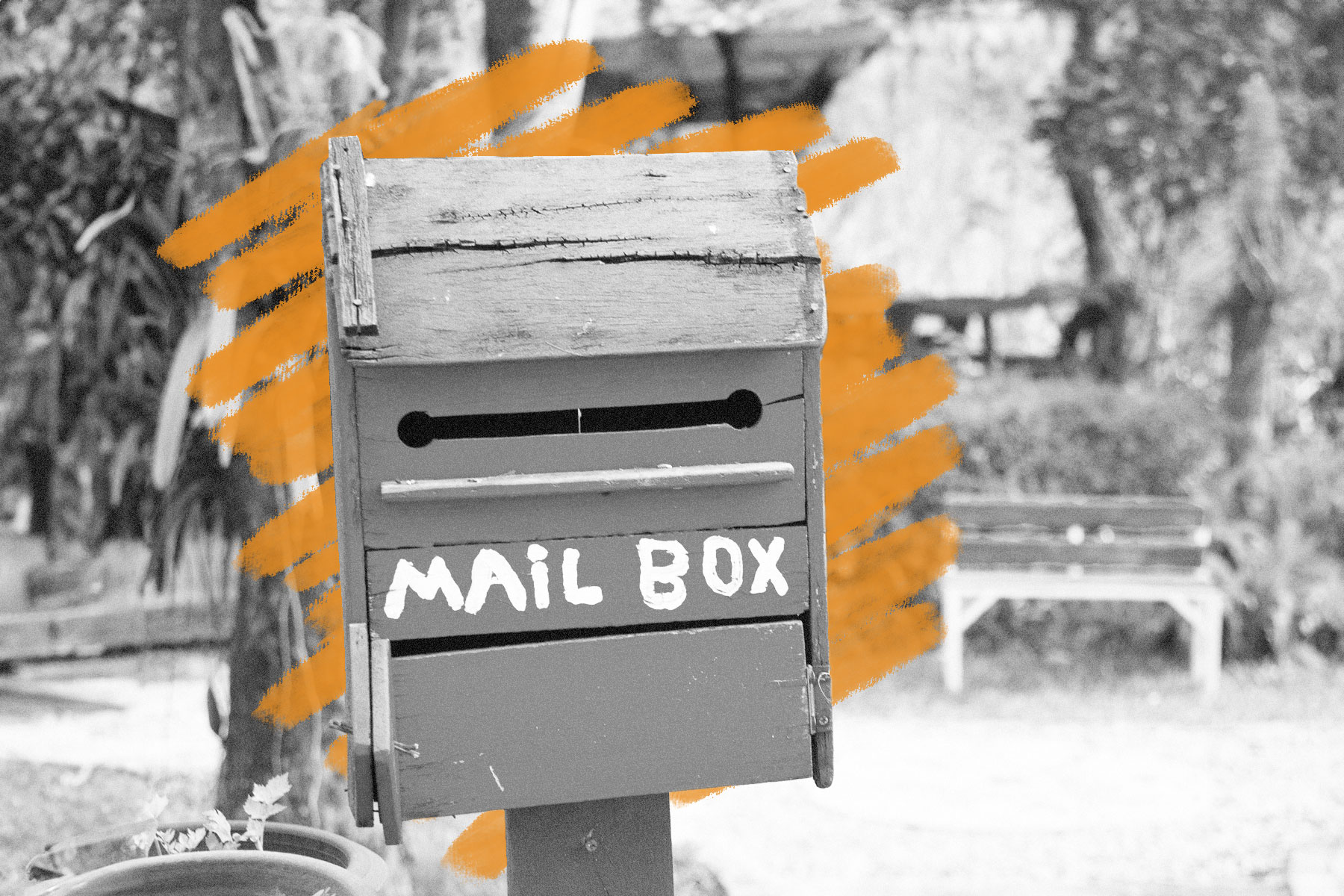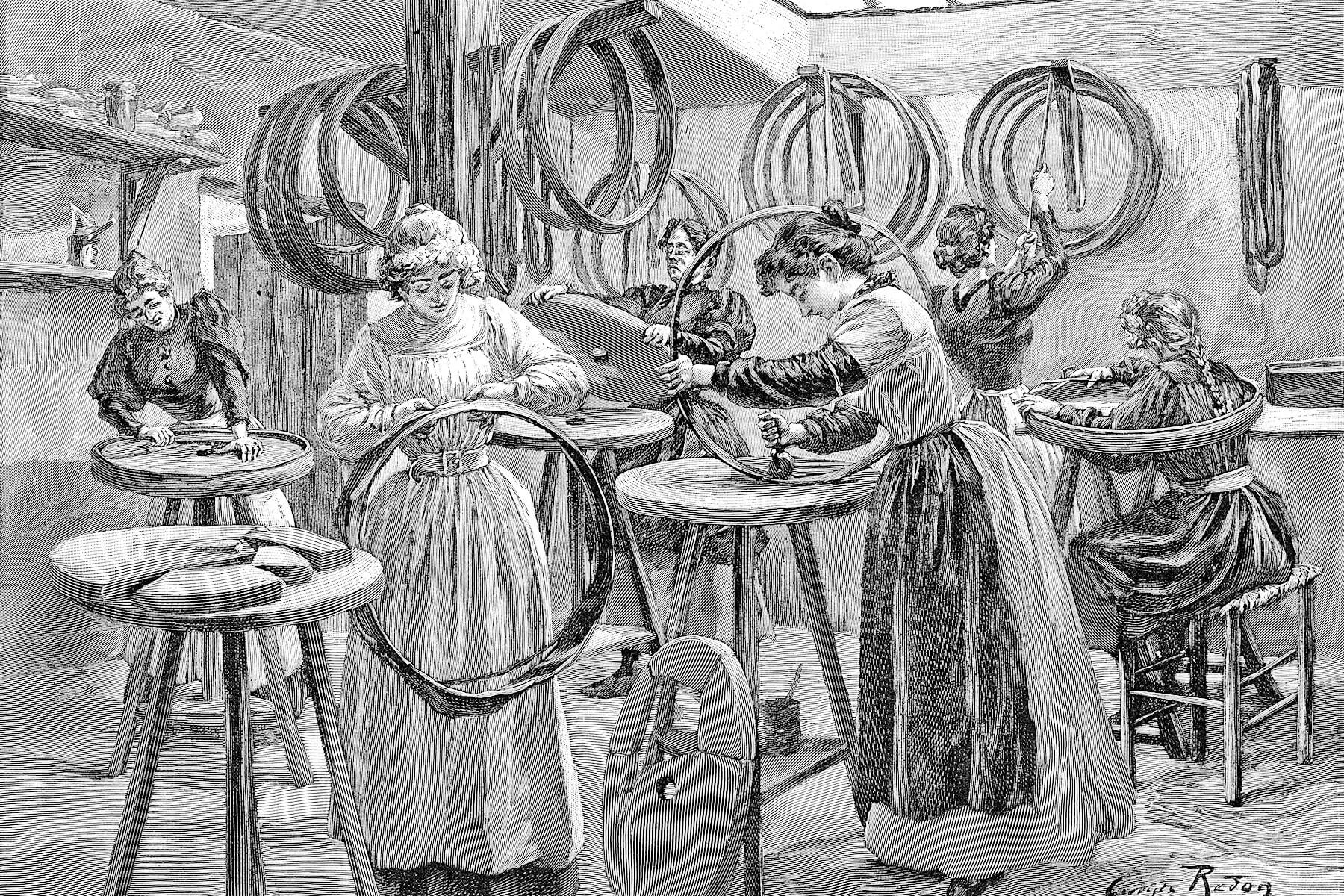 |
Mailboxes and mail slots were made mandatory in 1923. |
Science & Industry |
 |
| |
| None of these solutions, however, was terribly convenient for the postal workers who delivered the mail. The Post Office Department (now the U.S. Postal Service) worked to set standards for mailboxes and encourage their use, and in 1923, it was officially mandated that every household have a mailbox or a letter slot. Certain criteria were put in place for mailboxes: They should be affordable but durable; they had to be easy to use, but also secure against theft; their size needed to accommodate a variety of deliverables; and they should have a flag or something similar to indicate mail was ready for collection. Postal workers benefited tangibly from the changes. Not only were the cleanliness and consistency of a mailbox more easily guaranteed, but valuable time was reclaimed. The Post Office estimated that mail carriers who were still knocking on doors lost approximately an hour and a half each day just waiting for someone to answer. | |
 | |
 | |||||||||
By the Numbers | |||||||||
| |||||||||
| |||||||||
 | |||||||||
| |||||||||
People once used the Postal Service to mail their kids to their grandparents. | |||||||||
| On January 1, 1913, the United States introduced Parcel Post, a service allowing people to send packages through the mail more conveniently and at a lower cost than the existing private delivery services. It was an immediate success, allowing rural farmers and merchants to reach more customers than ever. It also courted some unexpected deliveries, when parents used Parcel Post to send their children to nearby relatives. One couple from Ohio made headlines just a few weeks after the service started by mailing their 8-month-old son to his grandmother a few miles away. Similar cases occurred throughout the year, until postal regulations changed to prohibit sending children through the mail. According to Postal Service historian Jenny Lynch, children being put in the mail was less a sign of parental negligence, and more an indication of just how much people trusted their local letter carriers. | |||||||||
 | |||
Recommended Reading | |||
 | |||
| | |||
 | |||
| | |||
| + Load more | |||
| |||
| |||||||||
| Copyright © 2024 History Facts. All rights reserved. | |||||||||
| 700 N Colorado Blvd, #513, Denver, CO 80206 | |||||||||
|





No comments:
Post a Comment